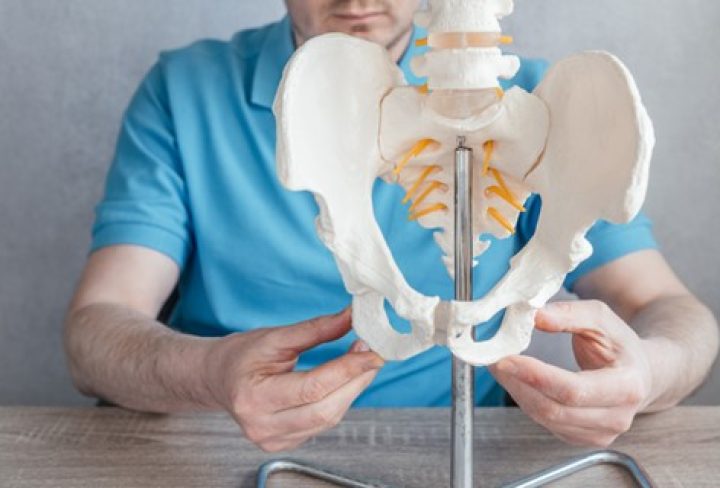Hip pain can impact your quality of life, making even routine activities a struggle. Hip replacement surgery emerges as a promising solution when conservative treatments fail to provide relief. In this comprehensive guide, we’ll explore hip replacement surgery, from the procedure to recovery and its benefits.
Understanding Hip Replacement Surgery
Hip replacement surgery, also known as hip arthroplasty, is a surgical procedure that involves replacing a damaged or arthritic hip joint with an artificial implant. The primary goal is to relieve pain, restore mobility, and enhance the patient’s overall quality of life.
Who Needs Hip Replacement Surgery?
Hip replacement surgery is typically recommended for individuals who experience:
- Chronic Hip Pain: Severe and persistent hip pain limits daily activities, even with pain management strategies.
- Osteoarthritis: The most common reason for hip replacement is where the hip joint’s cartilage wears away, causing pain and stiffness.
- Rheumatoid Arthritis: An autoimmune disease that affects the hip joint, leading to pain, inflammation, and joint damage.
- Hip Fractures: Severe hip fractures, often resulting from accidents or falls, may require surgical intervention.
- Other Conditions: Hip replacement can also be considered for conditions like avascular necrosis, hip dysplasia, or post-traumatic arthritis.
The Hip Replacement Procedure
- Preoperative Evaluation: Before surgery, a thorough evaluation, including physical exams and imaging, is conducted to assess the hip joint’s condition.
- Anesthesia: Hip replacement surgery is performed under either general anesthesia, regional anesthesia (spinal or epidural), or a combination of both, ensuring a pain-free experience during the procedure.
- Surgical Approach: Surgeons can use different surgical approaches, such as the posterior, anterior, or lateral approach, to access and replace the hip joint. The choice of approach depends on the patient’s condition and the surgeon’s preference.
- Implant Placement: The damaged hip joint components are carefully removed, and the artificial implant is securely placed, ensuring proper alignment and function.
- Closure: Once the implant is in place, the incisions are closed, and the surgical area is dressed.
Post-Surgery Recovery
Recovery after hip replacement surgery involves several crucial aspects:
- Hospital Stay: Most patients stay in the hospital for a few days after surgery to ensure a safe and comfortable recovery.
- Physical Therapy: Rehabilitation and physical therapy are vital in restoring hip joint function and mobility. Patients learn exercises and techniques to regain strength and flexibility.
- Pain Management: Medications and pain management strategies are employed to keep discomfort at bay during the initial recovery phase.
- Mobility Aid: Patients may initially use assistive devices like crutches or walkers and gradually transition back to walking without assistance.
- Home Environment: Preparing the home environment to ensure safety and ease of movement is crucial. This includes removing potential hazards and creating a comfortable recovery space.
The Benefits of Hip Replacement Surgery
Hip replacement surgery offers numerous benefits, including:
- Pain Relief: Relief from chronic hip pain and improved overall quality of life.
- Enhanced Mobility: The ability to perform daily activities and regain an active lifestyle.
- Improved Joint Function: Restoration of hip joint function and range of motion.
- Long-lasting Results: Modern implants can provide relief for 15-20 years or more.
- High Success Rates: Hip replacement surgery has a high success rate, with most patients experiencing significant improvement.
Hip replacement surgery can be life-changing for those suffering from hip pain and limited mobility. If you or a loved one is considering this surgery, consult with a qualified orthopedic surgeon to discuss your options and create a personalized treatment plan tailored to your needs. Don’t let hip pain hold you back—take the first step toward regaining your mobility and improving your quality of life.


